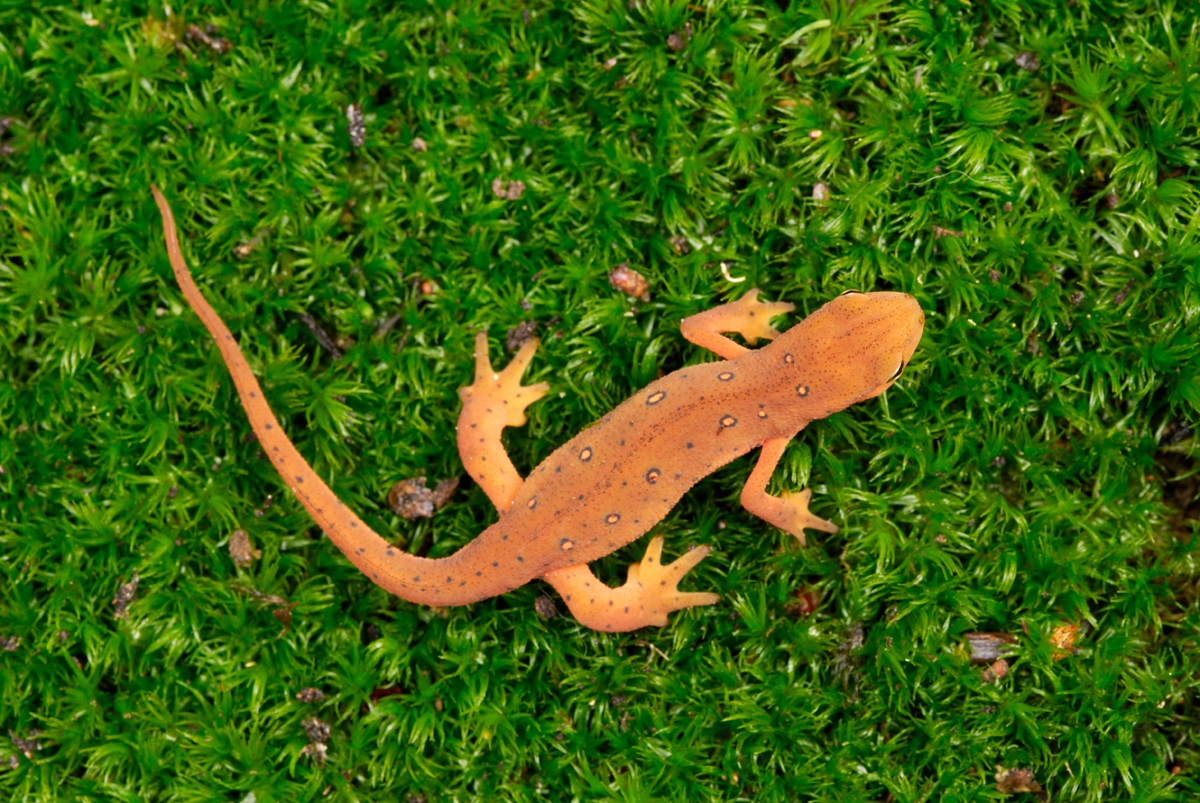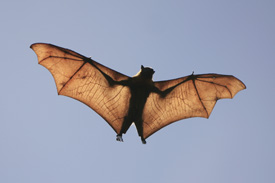Three teams of scientists have made progress identifying gene mutations that may lead to autism. They have also found further evidence autism risk increases among older parents, especially when the father is over age 35. Three unaffiliated groups have completed studies that are published on the website of the journal Nature this week. From a summary of the research findings in the New York Times:
The three research teams took a similar approach, analyzing genetic material taken from blood samples of families in which parents who have no signs of autism give birth to a child who develops the disorder. This approach gives scientists the opportunity to spot the initial mutations that accompany the condition, rather than trying to work though possible genetic contributions from maternal and paternal lines. In all three studies, the researchers focused on rare genetic glitches called de novo mutations.
De novo mutations are not inherited but occur spontaneously near or during conception. Most people have at least one, and the majority of them are harmless.
In one of the new studies, Dr. Matthew W. State, a professor of genetics and child psychiatry at Yale, led a team that looked for de novo mutations in 200 people who had been given an autism diagnosis, as well as in parents and siblings who showed no signs of the disorder. The team found that two unrelated children with autism in the study had de novo mutations in the same gene — and nothing similar in those without a diagnosis.
“That is like throwing a dart at a dart board with 21,000 spots and hitting the same one twice,” Dr. State said. “The chances that this gene is related to autism risk is something like 99.9999 percent.”
More here. [New York Times]
“De novo mutations revealed by whole-exome sequencing are strongly associated with autism” [Nature, abstract available]

